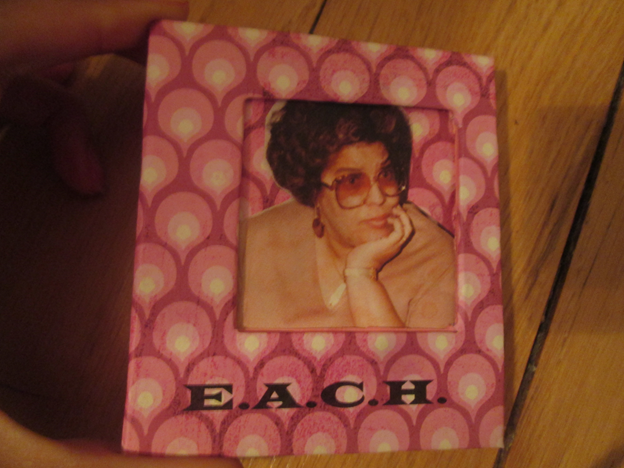This past February I also got really into the idea of making a pop-up
book. The closest I came to this dream was making this lovely book
completely from paper and glue. I think that at first it was hard to
come up with a theme for a pop-up book, but I just turned it into a book
with illustrated fun facts. When I make fun fact projects, I like to
find the most obscure facts-one's that are interesting and previously
unknown to even me. I couldn't get too crazy with this book because too
many pages with the paper I was using would not be good for the
structure of the book. I chose just four facts.
I thought it was cool to use the spine like an actual book, so I wrote title and author there. "I Didn't Know That..." is a joke in itself because these are actually facts that not a lot of people are aware of. When I list fun facts, I always make them provable so that I'm not just digging info out of nowhere. All of these facts you can prove for yourself.
I got the idea for the first page from a small handmade book called "Summer", by Aidan Mathews. That book opens just like this page. There were no instructions on folding for this technique, so I had to just figure it out. As you can see, the folds are symmetrical, so that right there makes it a little easier to figure out. And it is true; no piece of paper can be folded in half more than seven times.

I found this fact somewhere online, but in no particular place. Fumes from the chopped onions are attracted to moisture, so they go to the mouth rather than the eyes. The movement in this page is the hand and knife above the kitchen counter. When you open to the page, the hand moves outward as if hovering above the onions. The image of the woman wiping tears was so hard to do because I'm not a sketch artist. I didn't want to use an image that wasn't mine, so I traced this one from a picture online. I used a light box for that. The idea for the movable arm came from a technique in a "Pocket Paper Engineer" book by Carol Barton.


This idea was quite tough because the words in the fact had to match each panel. I wanted that because if you notice, three of the words are colors. I just happened to have paper colors close to that, so I wanted to use them. To get the words evenly done on four different pieces of paper, I had to test many functions on Microsoft Word, and finally, print the same result on four pieces of paper. And the pop-up technique is just a stretch of the prop-up tab technique. It is probably seen in any basic pop-up instruction book. It was very difficult to produce successfully because I had to get the folded angles right so the book would close. Tell me, what word rhymes with month??



The fun fact here is "If you mouth the word 'colorful' to someone, it looks like you are saying 'I love you'". I guess that beats 'olive juice'. When you open this page, the mouth opens wider, as if speaking to the reader. The idea for this page was sketchy at first for me because I didn't want to show the inside of a mouth...that's gross. But it turns out, that a cartoonish form is an excellent way to go. I also had to trace this image from a printed picture, but that didn't give me the result I wanted. So I just finally sketched my own image and came out with this. I colored it in with markers. The fold of the upper half was hard because just like the last page, the fold had to be perfect. The fold here is also pretty basic.

This book took me about a week to make come together from the start of my idea. I had many ideas for the background papers so I decided to just have a mixture. I think bright colors make the book more appealing. I have only made two of these because it is a lot of work.
















































